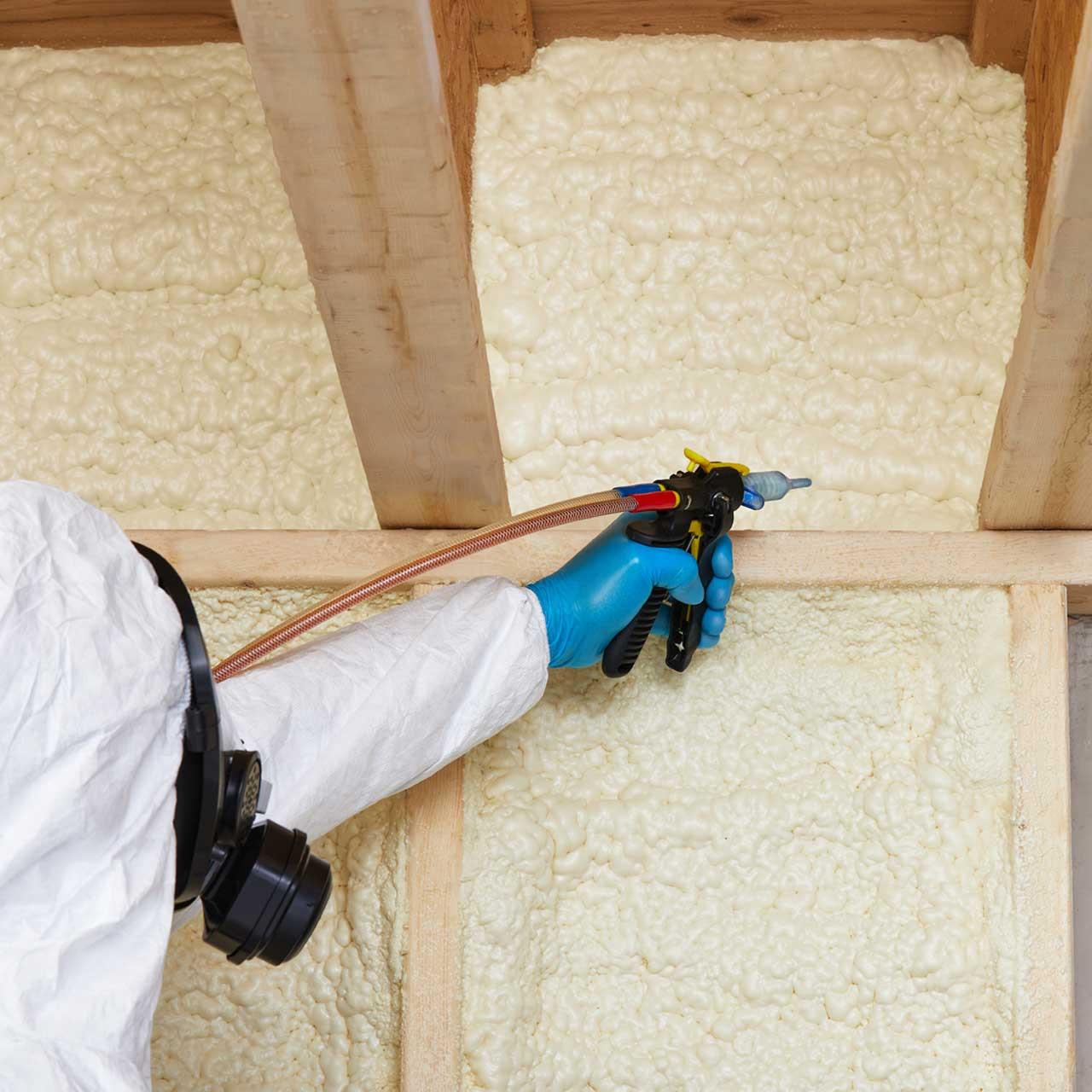Unlocking the Potential: Exploring the Maximum Temperature Limits of Foam Insulation
Foam insulation has revolutionized the construction industry, providing an efficient and cost-effective solution for thermal insulation. However, understanding the maximum temperature limits of foam insulation is crucial for ensuring its optimal performance and safety. In this article, we will delve into the intricacies of foam insulation and explore the factors that determine its maximum temperature threshold.
- The Basics of Foam Insulation:
Foam insulation is a lightweight material composed of trapped gas bubbles within a solid matrix. It offers excellent thermal resistance, preventing heat transfer and maintaining comfortable indoor temperatures. Two common types of foam insulation are expanded polystyrene (EPS) and extruded polystyrene (XPS), each with its own unique properties. - Thermal Conductivity and Fire Resistance:
Foam insulation's ability to withstand high temperatures is closely related to its thermal conductivity and fire resistance. Thermal conductivity measures how well a material conducts heat, while fire resistance determines its ability to resist ignition and combustion. Foam insulation with low thermal conductivity and high fire resistance is ideal for applications requiring high-temperature resistance. - Maximum Temperature Limits:
The maximum temperature limit of foam insulation depends on various factors, including the type of foam, its thickness, and the specific application. Generally, EPS foam insulation has a maximum temperature limit of around 165°F (74°C), while XPS foam insulation can withstand temperatures up to 200°F (93°C). However, it is essential to consult the manufacturer's specifications for accurate temperature limits. - Factors Affecting Maximum Temperature Limits:
Several factors can influence the maximum temperature limits of foam insulation. These include exposure time, humidity levels, and the presence of other materials. Prolonged exposure to high temperatures can cause foam insulation to degrade, reducing its effectiveness. Additionally, high humidity levels can affect the insulation's thermal performance and structural integrity. - Enhancing High-Temperature Performance:
To enhance the high-temperature performance of foam insulation, various strategies can be employed. One approach is to incorporate flame retardants during the manufacturing process, improving fire resistance. Additionally, using thicker foam insulation or combining it with other materials, such as reflective barriers, can further enhance its ability to withstand high temperatures.
Conclusion:
Understanding the maximum temperature limits of foam insulation is crucial for selecting the appropriate material and ensuring its long-term performance. By considering factors such as thermal conductivity, fire resistance, and application-specific requirements, builders and homeowners can make informed decisions. With advancements in material science, foam insulation continues to evolve, unlocking new possibilities for energy-efficient and sustainable construction.

Post Comment